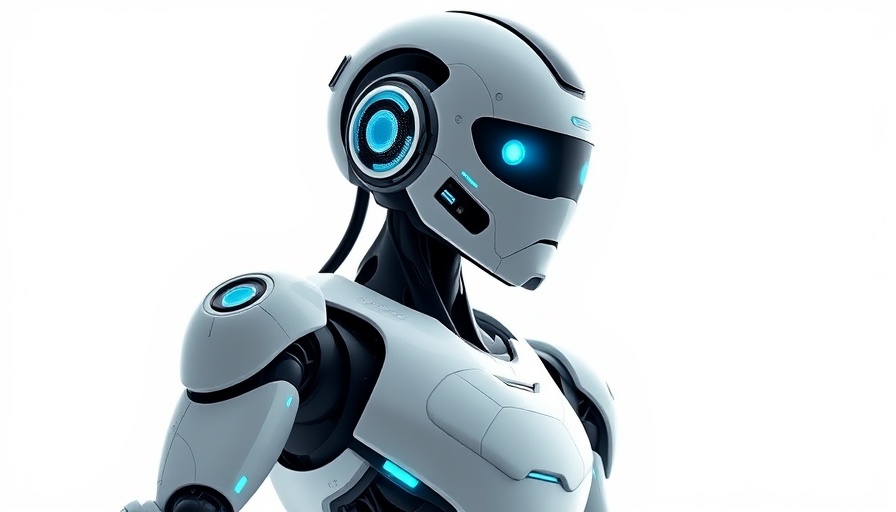
The Rise of Learning Robots: A Closer Look
As we step into an era increasingly defined by artificial intelligence (AI), industries worldwide are on the brink of transformation. A recent breakthrough in humanoid robotics showcases robots that not only operate under programmed directives but also learn and adapt in real time on the factory floor. This innovation is reshaping traditional roles and is heralded as a double-edged sword — promising higher productivity while raising concerns about job displacement.
Understanding the Impact on Employment
Concerns over job loss due to automation are not new. However, with robots able to learn and perform tasks as human workers would, these fears have intensified. A report indicates that in sectors like manufacturing, where repetitive tasks are commonplace, the introduction of such technology could displace a significant percentage of the workforce. Research suggests that while robots can enhance efficiency and safety — decreasing workplace injuries by taking on dangerous tasks — they also pose a threat to millions of jobs.
How Learning Robots Operate
Learning robots utilize advanced AI algorithms to understand their environment and improve their performance based on experience. For instance, if a robot is assigned to manage inventory, it can identify patterns in stock movement and optimize its processing for better accuracy. This integrated approach allows factories to increase their output and streamline production processes significantly, setting a higher productivity bar compared to environments reliant solely on human labor.
Changing Factory Landscapes
Factory floors of the future are expected to adopt hybrid models where humans and robots collaborate rather than compete. This shift requires a redefinition of roles where humans take on supervisory and analytical positions, overseeing AI systems while providing the creative solutions that machines alone cannot conceive. The potential for enhanced job satisfaction arises from higher-level tasks that could lead to personal and professional growth.
Lessons from Past Technological Revolutions
Historically, technological advancements have consistently reshaped the workforce. The Industrial Revolution saw a vast influx of machines replacing manual labor, yet new roles emerged that required human oversight and ingenuity. Similarly, the current robotic revolution has the potential to create jobs that demand higher tech skills, signaling the need for workforce retraining and education initiatives to prepare workers for this new landscape.
Opportunities for Upskilling
While fear surrounding job loss is prevalent, opportunities abound for reskilling the workforce. Training programs that focus on AI and robotics are essential to ensure that workers can transition into new roles effectively. Industries and governments must collaborate to provide resources that empower workers to thrive in an increasingly automated environment. With proactive measures, societies can harness the benefits of technological advances while safeguarding livelihoods.
The Future of Work
The integration of learning robots in the factory setting leads us to ponder the essence of work itself. As robots take over repetitive tasks, there’s an opportunity to reimagine what a fulfilling working life means. Emphasizing creativity, problem-solving, and human interaction will become central to job satisfaction and productivity as the traditional 9-to-5 office paradigm evolves into a more flexible framework.
Conclusion: Prepare for Change
The production landscape is transforming with learning robots stepping onto factory floors. As they do, we must recognize the importance of adapting our skills and methodologies to ensure a positive transition for the workforce. While challenges exist within this new era of automation, the potential for innovation, efficiency, and enhanced workplace satisfaction is undeniable. It's crucial for individuals and industries alike to embrace this change proactively to create a collaborative future where humans and robots thrive together.
 Add Element
Add Element  Add Row
Add Row 



Write A Comment